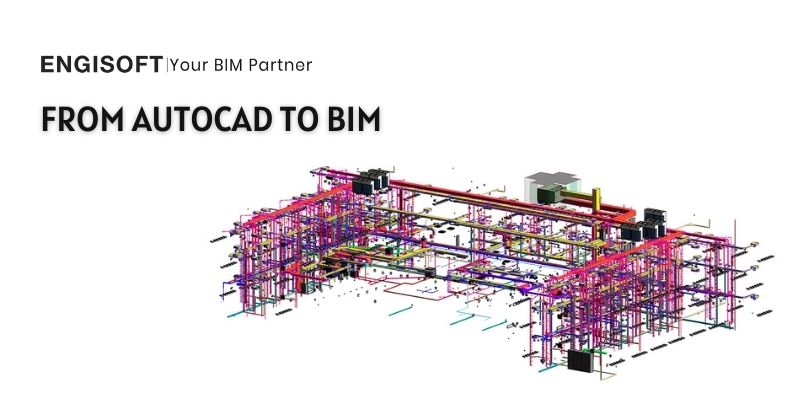Building Information technology (BIM) and computer-aided design (CAD) are interrelated but they can’t be used interchangeably. The two terms have often been confused but they are not, it is important to know the difference between the two technologies.
What is CAD?
CAD is a computer technology that helps create designs and documents related to a project. It allows architects, drafters, engineers, and artists to design accurate models. It is used to bring multiple designs together to accurately implement technical illustrations to the project. The CAD software can be used to create 2D (two-dimensional) and 3D (three-dimensional) models. Technology evolved, and more concepts are being introduced in the AEC industry. BIM is such a concept that has become eminent in the past few years because of its many benefits.
What is BIM?
BIM is a promising way of changing the face of the AEC industry and making it truly digital. BIM makes it easier for architects to create digital models that provide information about the physical and functional characteristics of a building. It allows architects, engineers, and stakeholders to bring together coordinated models and efficiently build infrastructures through digital modeling. All their different entities can be coordinated for better results.
BIM V/S CAD
CAD BIM
Uses separate documents BIM assembles all that information into one
The info which can lead to confusion More task-oriented approach
In CAD, we use 2D drafting& 3D models BIM draw buildings based on real-life properties
Chances of error are more Minimizes the chances of errors in the design
The software used is AutoCAD etc. Software used in BIM is Revit, Navisworks, etc.
Where to Use What?
BIM or CAD’s requirement is unique and depends on an individual project. The AEC industry is inclined more toward BIM technology as opposed to 2D CAD Drawings. BIM is used for commercial buildings like airports, schools, etc., while CAD is used for Residential Construction and industrial design of mechanical and electrical assemblies.
